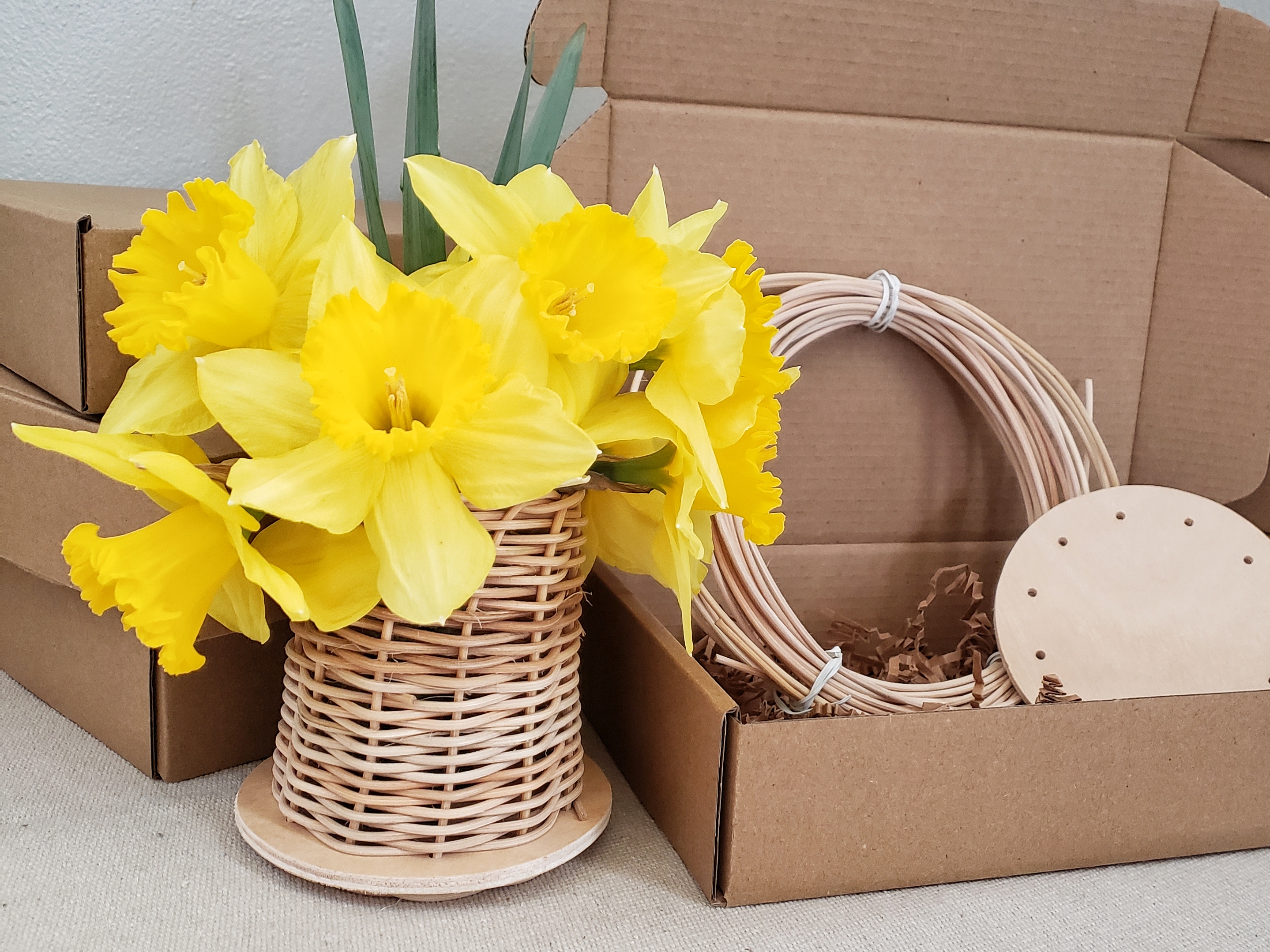Basket weaving is a craft deeply rooted in human history, stretching back thousands of years. From its humble beginnings as a necessity for survival to its evolution into a revered art form, the history of basket weaving is a testament to human ingenuity and creativity. Let's delve into the rich tapestry of this ancient craft, exploring its origins, cultural significance, and enduring legacy.
The story of basket weaving begins in prehistoric times when early humans discovered the utility of weaving flexible plant materials into containers for carrying and storing food, water, and other essentials. Archaeological evidence suggests that basketry dates back to at least 10,000 years ago, with fragments of woven baskets found in ancient sites across the globe.
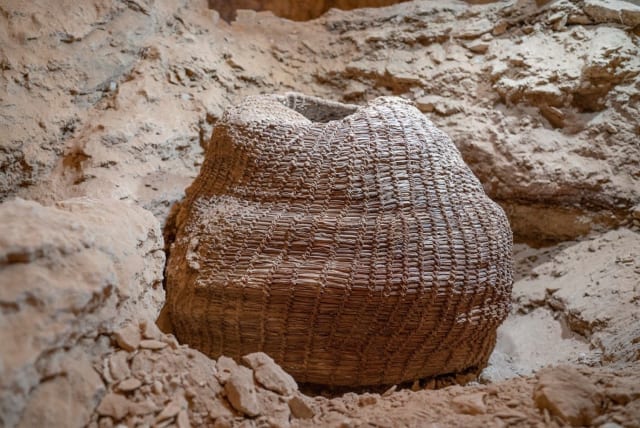
Early basket makers utilized locally available materials such as grasses, reeds, rushes, vines, and tree bark to craft their creations. These materials were carefully selected and woven together using techniques passed down through generations, resulting in sturdy and functional baskets tailored to the specific needs of different cultures and environments.
Basket weaving transcends mere functionality; it is deeply intertwined with the cultural identities of indigenous peoples around the world. In many societies, basketry traditions are passed down orally from elders to younger generations, preserving not only the techniques but also the stories, symbolism, and spiritual significance associated with this ancient craft.
For example, among Native American tribes, basket weaving holds immense cultural importance, with each design and pattern carrying symbolic meaning related to nature, spirituality, and community. Similarly, in Africa, basket weaving is a revered art form that reflects the rich cultural heritage of diverse ethnic groups, with each region boasting its unique styles and techniques.
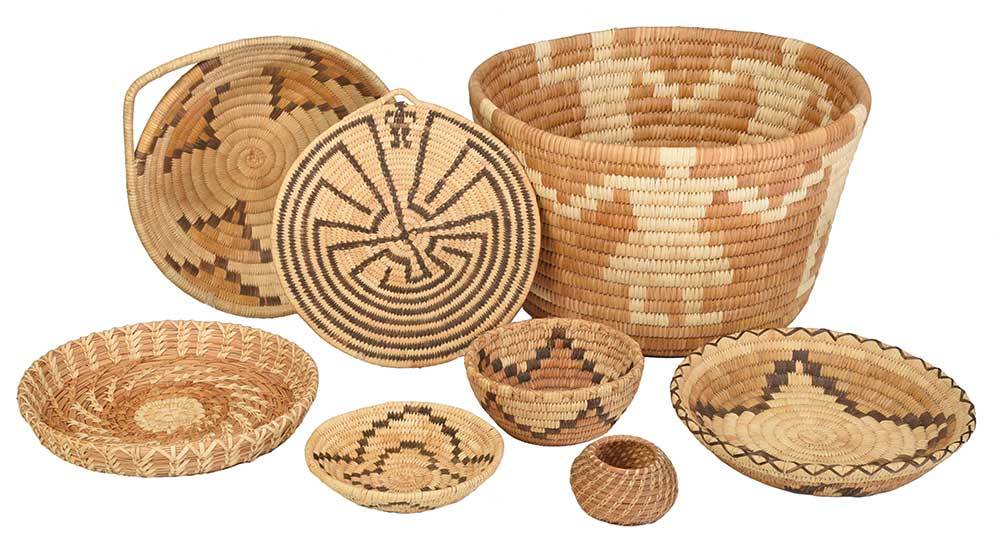
Over time, basket weaving has evolved from a utilitarian craft into a form of artistic expression embraced by artisans and designers worldwide. While traditional techniques remain cherished, contemporary basket makers continue to push the boundaries of the craft, experimenting with new materials, forms, and techniques to create innovative and visually stunning creations.
From intricate woven sculptures to avant-garde installations, modern basketry transcends traditional boundaries, blending ancient practices with contemporary aesthetics. Artists like Mary Jackson, Billie Ruth Sudduth, and John McQueen have gained recognition for their pioneering work in pushing the boundaries of traditional basket weaving and elevating it to the realm of fine art.
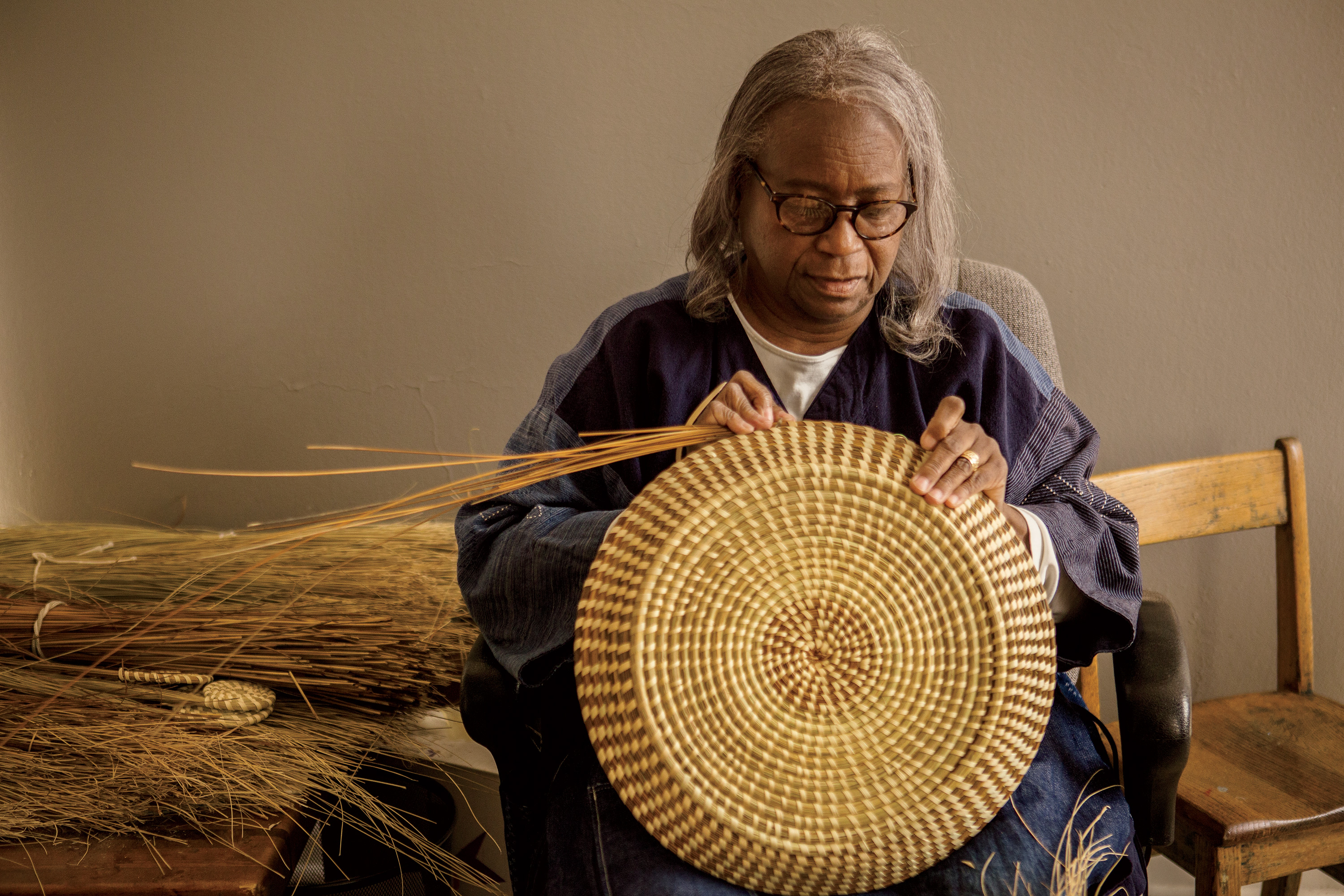
Despite the advent of modern technologies and mass production, basket weaving endures as a cherished craft and art form, cherished for its timeless beauty, cultural significance, and sustainable practices. In an increasingly fast-paced and disposable world, the art of handwoven baskets serves as a poignant reminder of the value of craftsmanship, tradition, and connection to the natural world.
As we reflect on the history of basket weaving, we are reminded of its enduring legacy as a testament to human creativity, resilience, and adaptability. Whether used for practical purposes or admired as works of art, baskets continue to weave together the threads of our shared human experience, bridging past and present, tradition and innovation.
Through the history of basket weaving, we uncover not only the evolution of a craft but also the stories of the people who have practiced it through the ages. From humble beginnings to contemporary expressions, the art of basket weaving remains a vibrant and enduring part of our cultural tapestry, reminding us of the timeless beauty of handmade craftsmanship and the profound connections that bind us to our ancestors and each other.
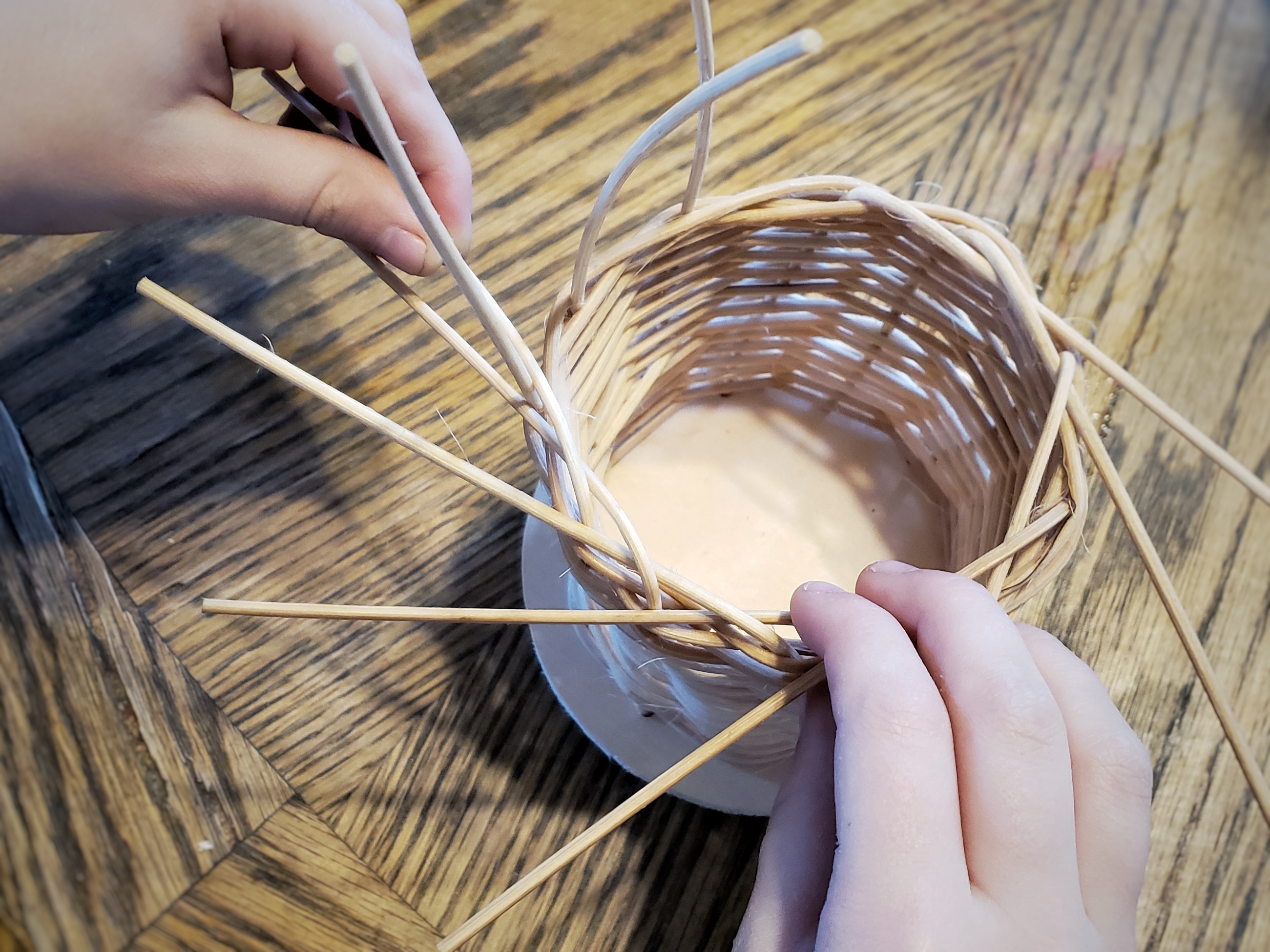
If you want to be a part of the continuing legacy of basket weaving, sign up for a subscription box this month and your family can join us in learning how to weave a simple basket.

